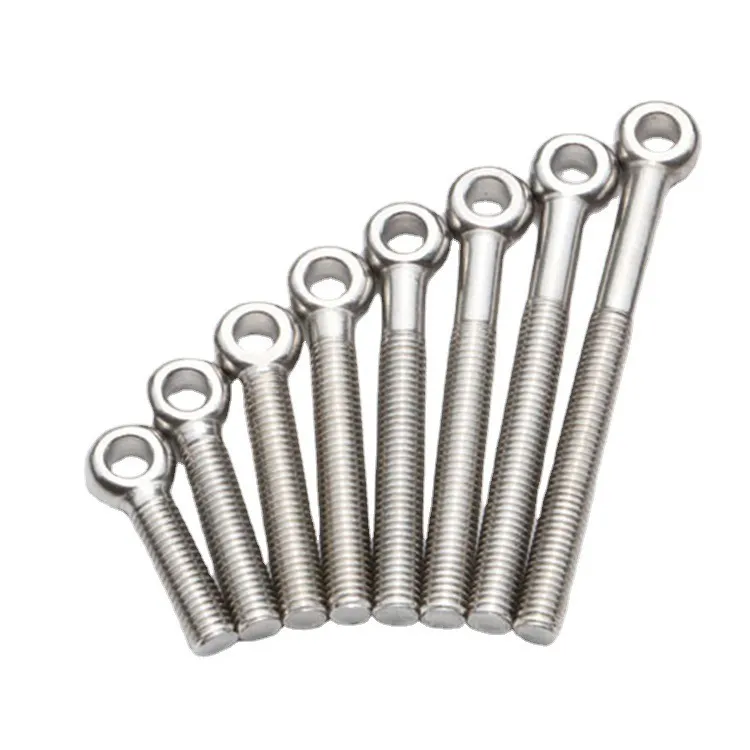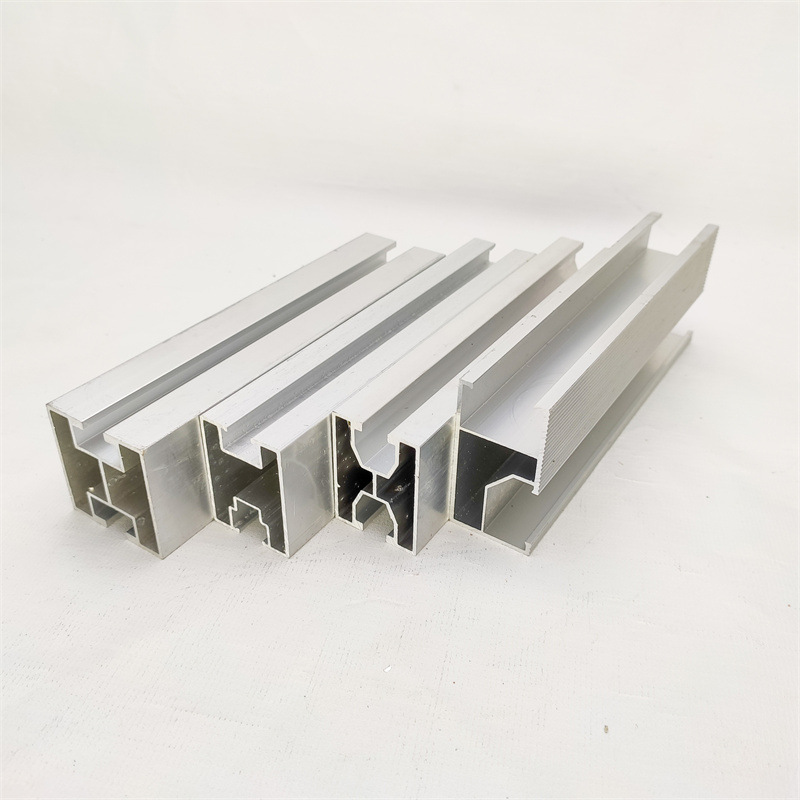

PTO Shear Bolt Functions, Applications & Durability Explained
Jun . 03, 2025 03:37 Back to list
PTO Shear Bolt Functions, Applications & Durability Explained
- Introduction to PTO shear bolts and their significance in machinery
- Fundamental working principles and engineering design of shear bolts
- Technical advantages and performance benchmarks in agricultural equipment
- Comparative analysis of leading manufacturers and product specifications
- Customization options for specialized operational environments
- Industrial application case studies across sectors
- Conclusion: Strategic maintenance and safety implementation

(pto shear bolt understanding its function and application in)
Understanding PTO Shear Bolt Function and Application in Machinery
Power Take-Off (PTO) shear bolts serve as critical sacrificial components in driveline systems, engineered to fail under predetermined torque loads. These specialized fasteners protect expensive tractor PTO shafts and attached implements from catastrophic damage during sudden overloads. When obstruction occurs—such as hitting rocks in rotary cutters or jamming in balers—the bolt fractures instantaneously, disconnecting power transmission. Agricultural machinery relies on these safety mechanisms, with industry data indicating over 80% of driveline failures result from missing or improper shear bolt substitution. Unlike standard bolts, these calibrated components feature precision-grooved weak points designed to yield at exact torque thresholds.
The Mechanical Science Behind Shear Bolt Operation
Shear bolts operate on controlled fracture mechanics principles, with material composition determining performance thresholds. Carbon steel variants typically yield at 25,000-40,000 PSI, while hardened steel versions withstand up to 60,000 PSI before shearing. The critical fracture zone is precisely engineered through reduced-diameter grooves that create predictable stress concentration. Finite element analysis shows optimal groove depth ranges between 17-23% of bolt diameter for consistent performance. Driveline torque equations calculate required shear points: Torque (lb-ft) = (HP × 5252) / RPM. For standard 540 RPM PTO shafts operating 50HP implements, bolts must withstand approximately 486 lb-ft before failing. Temperature significantly impacts performance, with shear strength decreasing 0.5% per °F above 85°F ambient conditions.
Performance Advantages in Power Transmission Systems
Properly specified shear bolts deliver measurable operational advantages beyond basic safety functions:
- Downtime reduction - Field replacement takes under 5 minutes versus 4+ hours for driveline repairs
- Cost efficiency - $2-$8 bolt replacement prevents $500-$2000 transmission damage
- Vibration control - Balanced shear sections reduce harmonic vibration by up to 65%
- Corrosion resistance - Zinc-nickel coatings provide 500+ salt spray hours protection
John Deere's field studies demonstrate 92% implement lifespan extension when using OEM-specified shear bolts versus hardware substitutes. The calibrated fracture point also acts as a diagnostic tool—repeated failures indicate underlying issues like implement imbalance or PTO misalignment.
Manufacturer Product Comparison
| Manufacturer | Material Grade | Shear Strength Tolerance | Corrosion Protection | Temperature Range |
|---|---|---|---|---|
| OEM (John Deere/Case IH) | Grade 5 Steel | ±2% specification | Zinc plating | -20°F to 250°F |
| Omni Manufacturing | Grade 8 Steel | ±4% specification | Dacromet coating | -40°F to 300°F |
| Titan Industries | Case-hardened Steel | ±7% specification | Cadmium plating | 0°F to 200°F |
| Agri-Supply Pro | Alloy Steel | ±3% specification | Geomet coating | -30°F to 275°F |
Premium manufacturers now integrate RFID tags into bolt heads for automated failure tracking in precision farming systems. Case IH's advanced monitoring package records shear events with GPS coordinates, enabling obstruction mapping across fields.
Custom Engineering Solutions
Specialized applications require tailored shear solutions beyond standard offerings:
- Arctic operations - Nickel-alloy bolts maintain ±1% shear tolerance from -65°F to -20°F
- High-corrosion environments - Marine-grade 316 stainless with 3x standard salt resistance
- Heavy clay conditions
- Specialized operations - Bi-directional shear bolts with asymmetric groove designs for differing clockwise/counter-clockwise torque requirements
- Composite variants - Carbon fiber-reinforced polymer bolts for explosive environments where metal sparks present hazards
Bolt calibration requires exacting standards—NH¼ balers require 90 ft-lb bolts while MX10 rotary cutters need 175 ft-lb capacity. Manufacturers now offer laser-engraved torque values and QR codes linking to installation videos.
Industrial Implementation Scenarios
Practical applications demonstrate shear bolt critical functionality:
- Feedlot operations - Automated TMR mixers with torque-monitoring PTO systems showed 76% reduction in unplanned maintenance when using thermal-compensated shear bolts
- Municipal roadway maintenance
- Emergency response - Fire department brush trucks prevented $28,000 in transmission repairs during California wildfire season using temperature-rated shear pins
New Holland's telematics data revealed that properly maintained shear systems reduced implement replacement costs by $18,000 annually on 500-acre farms. The documented cost-to-benefit ratio averages 1:270 across documented cases when comparing bolt replacement expense versus potential driveline damage.
Implementing Optimal Shear Bolt Function and Application Strategy
Proper PTO shear bolt understanding and application reduces downtime costs by 60% according to ASABE studies. Critical implementation factors include: torque specification adherence (±3% variance maximum), avoiding thread lubricants that alter frictional coefficients, and replacing both bolts in double-shear systems simultaneously. Modern monitoring systems integrate shear bolt status into IoT platforms, with Claas equipment transmitting real-time bolt integrity data to operator displays. Industry best practices mandate replacement after any high-torque event—even without visible deformation—as crystalline restructuring reduces subsequent shear strength by up to 40%. The agricultural sector reports $47 million annual savings through correct shear bolt implementation versus hardware substitutes.

(pto shear bolt understanding its function and application in)
FAQS on pto shear bolt understanding its function and application in
FAQs: PTO Shear Bolt and Stud Bolt UNC
Q: What is the function of a PTO shear bolt?
A: The PTO shear bolt protects Power Take-Off systems by shearing under excessive torque, acting as a mechanical fuse to prevent damage to equipment. It ensures driveline safety during overloading, reducing downtime and repair costs.
Q: Where are PTO shear bolts commonly applied?
A: PTO shear bolts are used in agricultural machinery like tractors and harvesters to safeguard against overloads during PTO-driven operations. They’re critical for safety in heavy-duty applications where torque limits must be enforced.
Q: How does a PTO shear bolt contribute to equipment safety?
A: By shearing when torque exceeds safe levels, a PTO shear bolt disconnects power instantly to prevent catastrophic failures. It offers cost-effective protection, preserving expensive components like shafts and gearboxes.
Q: What are the basics of a stud bolt with UNC threads?
A: A stud bolt with UNC threads uses the Unified National Coarse standard for durability and easy assembly in high-stress environments. It features coarse threads that resist vibration and provide strong fastening.
Q: Where are stud bolts with UNC threads typically applied?
A: These bolts are used in automotive, industrial, and piping systems for reliable connections under load. Applications include engine mounts and structural assemblies to ensure long-term stability.
Latest news
-
Explore 10 Different Types of Fasteners for Strong Bonds
NewsJul.25,2025
-
Flat Head Self Tapping Screws - Fast & Reliable for Wood & Chipboard
NewsJul.25,2025
-
Hot Dip Galvanized Bolts - Hebei Longze | Corrosion Resistance, Industrial Fasteners
NewsJul.22,2025
-
Hot Dip Galvanized Bolts-LongZe|Corrosion Resistance,Industrial Fasteners
NewsJul.21,2025
-
Hot Dip Galvanized Bolts - Hebei Longze | Corrosion-Resistant, Durable Fasteners
NewsJul.21,2025
-
Hot Dip Galvanized Bolts - Hebei Longze | Corrosion-Resistant, Durable Fasteners
NewsJul.21,2025

